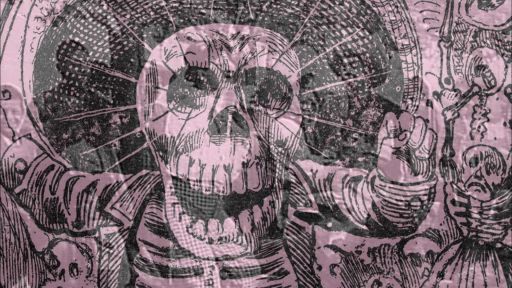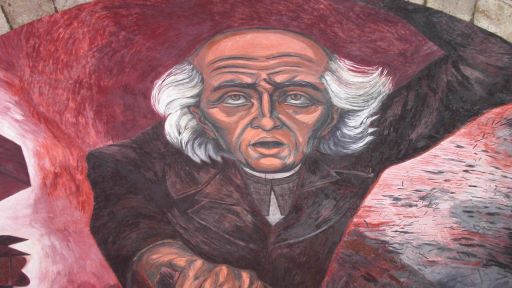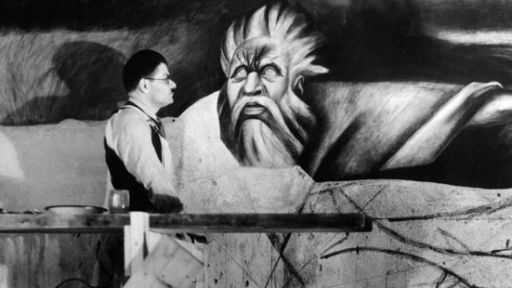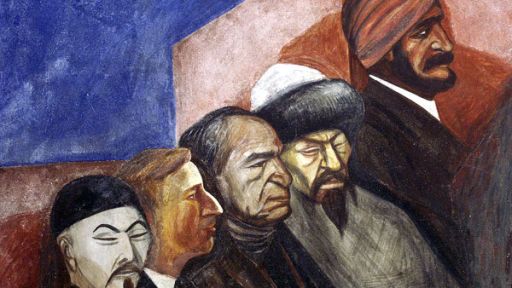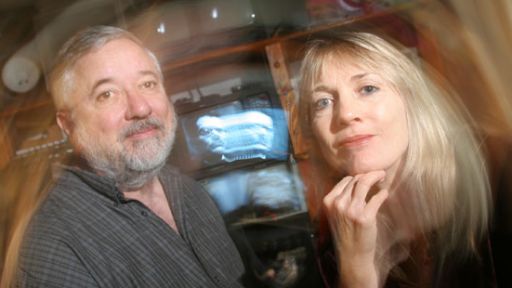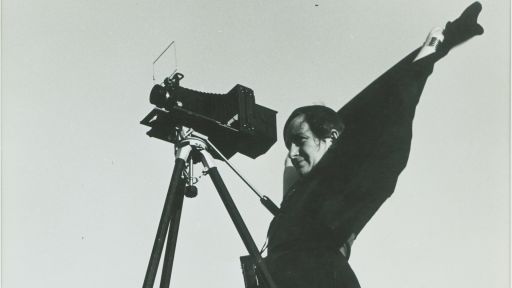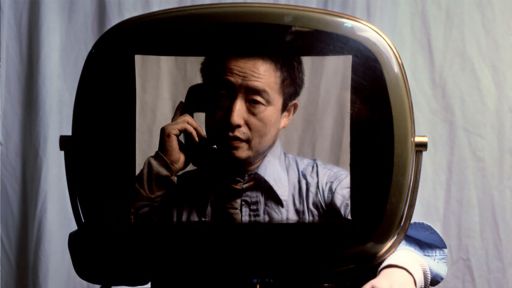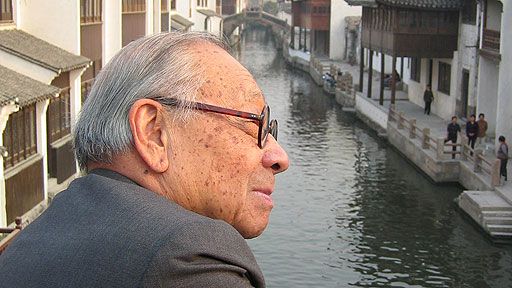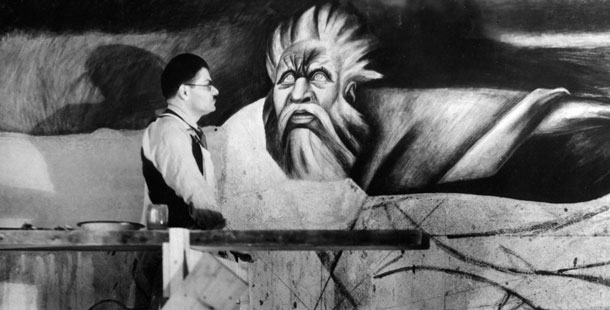 The life of Mexican muralist José Clemente Orozco (1883-1949), a life filled with drama, adversity, and triumph, is one of the great stories of the modern era. Explore his biography and career through this extensive timeline:
The life of Mexican muralist José Clemente Orozco (1883-1949), a life filled with drama, adversity, and triumph, is one of the great stories of the modern era. Explore his biography and career through this extensive timeline:
José Clemente Orozco is born on November 23 in Zapotlan el Grande, Mexico, to Ireneo Orozco, a businessman, and Maria Rosa, a homemaker and amateur singer. A few years later, the family moves to Mexico City, where he takes night classes at the famed San Carlos Academy of Art.
Parents send him to the countryside to become an agricultural engineer. Contracts rheumatic fever and returns home with a heart condition. Studies architecture at the National Preparatory School.
Father dies suddenly of typhus. Orozco quits school and begins a series of odd jobs to support his mother and two siblings. Works as an architectural draftsman, as well as hand-tinting postmortem portraits.
Mixing chemicals to make fireworks to sell on Mexican Independence Day, Orozco accidentally sets off an explosion. His left hand and eye are injured, but due to the holiday, he is not attended at a hospital for a few days. Gangrene sets in and his hand and wrist must be amputated to save his life.
Mexico celebrates 100 years of independence from Spain with lavish festivities, including an official exhibition of Spanish art. The irony is not lost on young Mexican artists, who set up a counter exhibition like the French Salon des Refusés years earlier. It is an unexpected success with the public.
Constitutionalists force dictator Porfirio Diaz out of office. Francisco Madero is elected president, but Victoriano Huerta stages a coup and murders him. A bloody struggle amongst political factions will last for a decade. Due to his disability, Orozco escapes conscription and works as a caricaturist for various opposition newspapers.
First solo exhibition opens, "The House of Tears," featuring paintings of Mexico City's red light district. Most critics ignore or attack the exhibit.
Travels to the U.S. in search of better opportunities. At the Texas border, customs officials destroy two thirds of his early work because of their "immoral" character. He lives in San Francisco and New York City and makes a living painting cinema posters and plastic Kewpie dolls.
Mexico's new revolutionary government begins an ambitious literacy campaign that includes mural painting in public buildings. Hired to paint walls at the National Preparatory School, but is forced out after students deface his murals. Later completes the 3-story mural cycle to wide acclaim.
Leaves his wife and children and returns to New York City where he witnesses the "Crash" of 1929. Paints the economic and social devastation of the Great Depression. American journalist Alma Reed becomes his agent and Orozco exhibits widely.
Commissioned by Pomona College in Claremont, California to paint a mural in the student cafeteria. Paints Prometheus, the first true fresco ever painted in the U.S. The following year, paints murals at the New School for Social Research.
Hired by Dartmouth College in New Hampshire to paint murals in the campus library. Joined by his wife and three children. Creates the 24-panel The Epic of American Civilization, which evokes controversy and praise. David Alfaro Siqueiros' mural in Los Angeles and Diego Rivera's mural at Rockefeller Center are both destroyed by offended patrons.
President Roosevelt establishes the WPA's Federal Arts Projects, which hires artists to paint murals in hundreds of government buildings throughout the United States. Returns to Mexico and paints his best-known works, including murals in Guadalajara's government palace and university and the Hospicio Cabañas. Known as the "Sistine Chapel of the Americas," the Hospicio features Orozco's magnum opus, the Man of Fire.
Commissioned by New York City's Museum of Modern Art to create the centerpiece for its exhibition Twenty Centuries of Mexican Art. Paints Dive Bomber and Tank, an indictment of the impending conflagration of WWII. Paints murals in the library of Jiquilpan, Mexico.
Paints a daring critique of the judicial system at Mexico's Supreme Court. Time magazine reports the outcry demanding their removal, but the murals are protected. Paintings and prints are exhibited in museums throughout the United States, including Brooklyn and Philadelphia.
Meets and falls in love with Gloria Campobello, the prima ballerina of the Mexico City Ballet and designs sets, costumes and posters for the ballet. Elected as fellow to the Colegio de Mexico, an elite circle of intellectuals and artists.
Listed in "Who's Who in America" and begins painting The Apocalypse in Mexico City's Church of Jesus of Nazareth. It is his most complex mural.
Leaves his family and lives in New York City with Gloria Campobello. Exhibits and is reviewed in the national press, but creates few paintings. After Gloria abandons him, returns to Mexico.
Illustrates John Steinbeck's The Pearl, judges an art contest with Walt Disney, and works with UNESCO. Mexico honors him with a major retrospective.
Paints his only outdoor mural, Allegory of the Nation, at Mexico's National Teachers College, featured in Life magazine. He creates Metaphysical Landscape and other abstract works.
Completes mural at Guadalajara's Legislators Assembly. While painting a public housing mural, he dies of heart failure at the age of 65.

